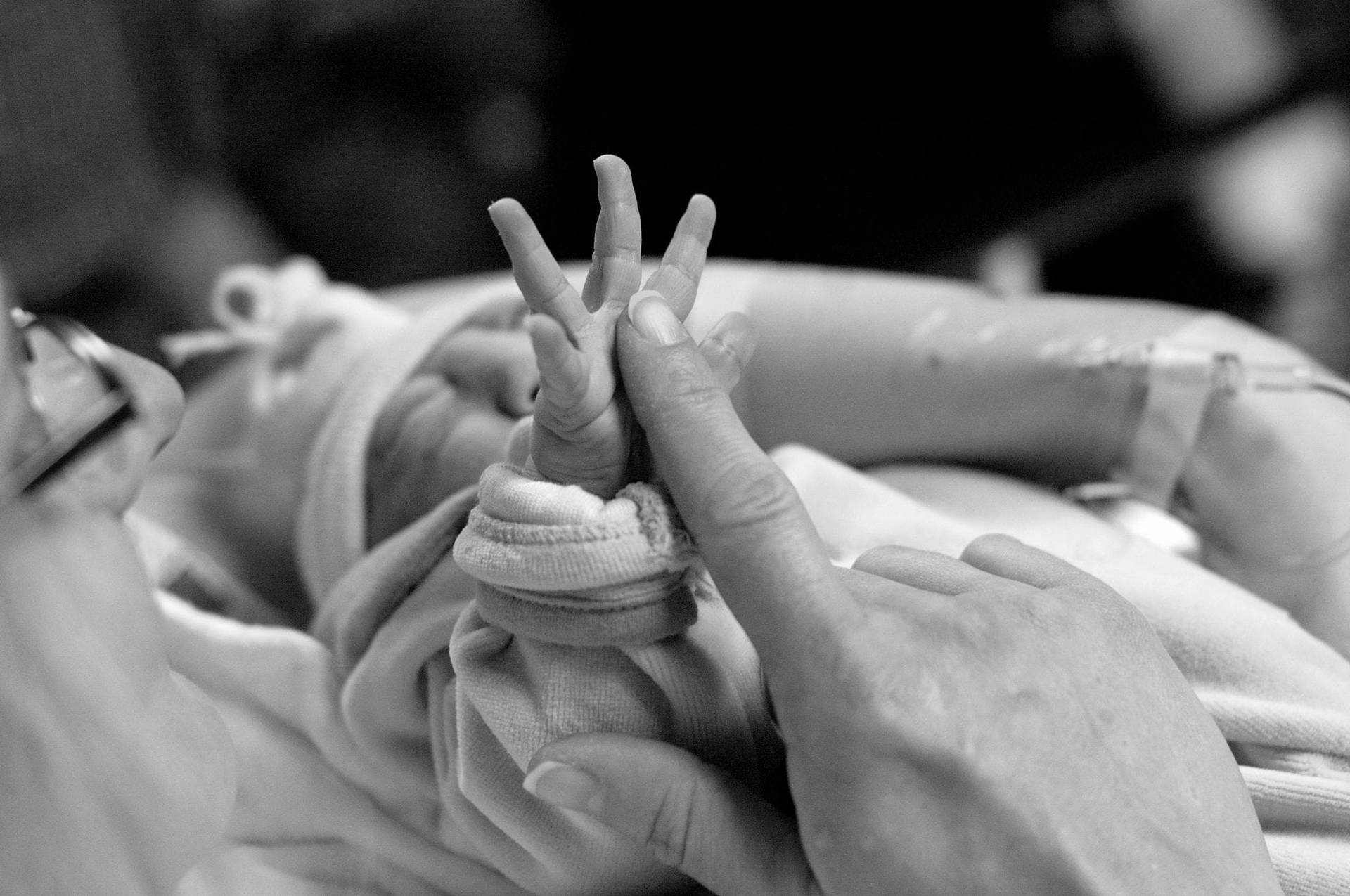Something is missing from the two trajectories emerging from the Vatican’s Synod on the Family.
The first trajectory emphasizes reaching out to the “lost sheep” where sex and marriage are concerned.
The second (dubbed the “Yes We Can!” plan by John L. Allen Jr.) — holds that people can really live according to Church teachings and that “we’re going to have your back in pulling it off!”
But what about about giving Catholics a floor to stand on? And a brightly lit path? In other words, what about a step that could both help prevent lost sheep and inspire strong families?
I’m suggesting a drastically improved “facing-the-world-as-it-is” preparation for the maelstrom of bad laws and advice, and sexually exploitative entertainment and advertising that shape the sex, mating, and marriage marketplaces today in the United States.
I write here not only as a Catholic parent of teenagers and beyond, but also as a veteran of Catholic education as both parent and professor, and a family law scholar who consumes an inordinate amount of relevant popular and scholarly literature. I’m relying, too, upon my experience addressing many hundreds of Catholic schools and organizations.
My conclusion? What the Catholic Church in the United States does today to lay the groundwork for a lifetime of good if sometimes difficult choices when it comes to sex and marriage, isn’t remotely proportional to the times we live in, nor to the significance of sex and marriage within our tradition. The times insist that so long as sex is consensual, all moral demands are satisfied. Yet our tradition — as Pope Francis so succinctly summarized it this past April — holds that if we get sex and marriage wrong, we lose nothing less than an irreplaceable opportunity to understand God’s love and to learn to live accordingly.
A first problem is our language. With love and respect for our beautiful theology of the Holy Family, the Holy Trinity, and “the family as domestic church,” I don’t think this language even begins to speak to the average contemporary American Catholic. Not while they’re swimming in cultural and political language addressing sex and marriage from the highly attractive vantage points of “equality,” “freedom,” and “happiness.” In order to eventually get to our supernatural references, and to have conversations about competing visions of equality, freedom, and happiness, I think we have to begin more often with the natural, and then reach the supernatural. (For excellent models, please see exhibits A and B: Thomas Aquinas and Laudato Si’).
Even Catholics regularly in the pews are led by the ambient culture to wonder if there’s anything special about the natural facts of the existence of two sexes instead of one, and how all human life begins with them. They are persuaded to doubt whether children are a blessing or are built to need the unique nest that mother and father and extended family provide. They are genuinely in doubt that consensual sex of any variety could hurt anyone.
I can think of a few places where there is new language to help:
- In the writings of the French philosopher Fabrice Hadjaj, where he shows how ordinary familial encounters point to God;
- In the essays and films offered by Humanum, which show how dozens of diverse cultures and religions understand the phenomena of romance, sex, and marriage in remarkably overlapping ways and with language redolent of Francis’ human ecology;
- In the publications of Grupo Solido of Argentina and Mexico, directed to young men and women sick of merely “liquid love”;
- In the stories shared at I Believe in Love by young women and men struggling with cohabitation, single parenthood, social isolation, and the vagaries of the current sex and marriage marketplaces.
I have tried my hand at some new language, too, at the recent World Meeting of Families.
Second, today the Church needs to take better advantage of the myriad opportunities to speak that it already possesses. There is room for a great deal more remote preparation for marriage in Catholic elementary and high schools, including programs for parents who are so often at a loss for the right words to say to their children.
We need homilies with less Catholic–code talk and more Church-encounters-world talk, as Francis recommended in Evangelii Gaudium.
We need more professors at Catholic universities who are enthusiastic members of both the Church and their profession, excited to produce scholarship unpacking Catholic wisdom for the 21st century mind.
We need the Catholic institutions most likely to encounter the poor and working poor (who suffer most in the current sex and marriage marketplaces) — Catholic charities, hospitals, crisis pregnancy centers — prepared to provide more long-term tools for their clients to choose stable married life for their own good and the good of their children.
Third, the Church should also invite many more experienced voices into the act: long-married couples who can talk about what it really takes to stay strong; younger couples who can openly reflect on the fabric of their relationship before and after they ejected contraception from their marriage; singles who can speak honestly about coping with the pressures of the current marketplace for dating and relationships; people who have experienced same-sex attraction who can speak of the joys and trials of living within the Catholic tradition, and women who can speak about how the world does and does not welcome motherhood.
Finally, what about the fear that even if the Church spoke more, with new language and new voices, no one would listen? Two words: sex and marriage. The world is obsessed with them.
Catholics and non-Catholics alike have paid rapt attention over the past two years to every word uttered about the family by Pope Francis and dozens of bishops and laypeople worldwide. In the United States, when the state picks fights with religions over providing abortion and contraception, every news site provides breathless and daily coverage of religions’ responses. When I speak at universities all over the United States about our current sex, mating, and marriage marketplace, young women and men line up by the dozens to confirm my analysis, tell me their stories, and ask where they might go for advice.
I am not claiming that the questions are easy. Again — today even practicing Catholics are uncertain about the relationship between myriad sex and marriage choices and “being good.” At the origins of the Christian Church, especially as it emerged against the backdrop of the Roman Empire, the Church attracted myriad believers in part on the strength of its proposals about the relationship between sex, marriage, equality, freedom, and happiness. Two thousand years on, it’s time to do it again.
If we as the Church threw ourselves into such a project, we could fill in the “missing step.”
Those living outside Church teaching would be a lot less likely to conclude that “we just don’t like your kind,” and a lot more likely to grasp that we are trying our hardest to channel the radical meaning of love and Christian freedom as Jesus lived it and called us to imitate.
Those living within Church teaching would have a prayer of giving a comprehensible reason for the hope that is in them beyond “Mother Church says so.” That could be of real value not only in strengthening their own marriage, but also for giving witness to Christian family love, and helping Catholics to avoid being blown over with the first stiff wind.

















